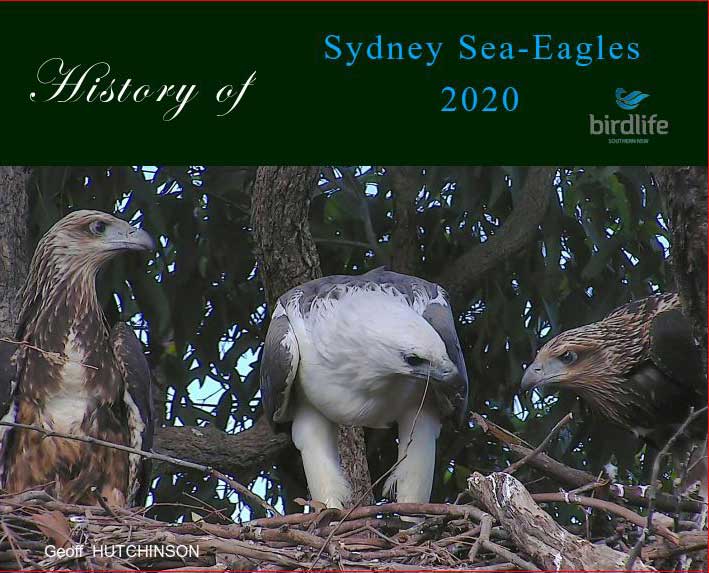DuckCAM
Notes from: Handbook of Australian Antarctic and New Zealand Birds (HANZAB) Vol 1 Part B
Pacific Black Duck 'Anas superciliosa'
Nests may often be in hollows, old corvid nests, or less commonly on the ground, hidden in vegetation. Eggs are laid daily, usually early in the day. Black Duck typically lay 10-12 eggs, though less is also common. Mating in Pacific Black Ducks coincides with availability of sufficient food and water, and often with the onset of heavy rains or when waterways are at their peaks.
Incubation is reported to be by the female alone , with the male often in close attendance, a least for the first 2 weeks. She will typically leave the eggs twice a day . Females will leave the eggs twice a day – usually in the morning or later afternoon. The male is reported to be defensive of the nest site and to join her in her breaks. She is reported to often sit tight for the last 36-48 hours before hatch. Incubation is for around 30 days and she will abandon any unhatched eggs. The pair will rapidly reunite after loss of a clutch or dispersal of the young and may relay.
The newly hatched ducklings are precocial (hatched in an advanced state and able to feed themselves almost immediately), nidifugous (leaving the nest shortly after hatch) and downy. They will leave the nest when fully dry. The ducklings may “float” down from a high nest and then the female will lead them away to water. After hatching, the female stays with the brood until fledging and is very defensive of her ducklings. She may also be very aggressive towards other ducklings and even kill other newly hatched young near her brood.

A female Black Duck with 8 newly hatched ducklings. She was very defensive and called her young as I approached. They rapidly hid in the vegetation, quite out of site. This family was in a small pond near my place. I am not sure if the nest had been nearby and I assume they moved elsewhere, as they were not in that pond the next day. A long walk to another dam. There was no male present.
JHarrington, Bucketty, NSW. January 2021.

